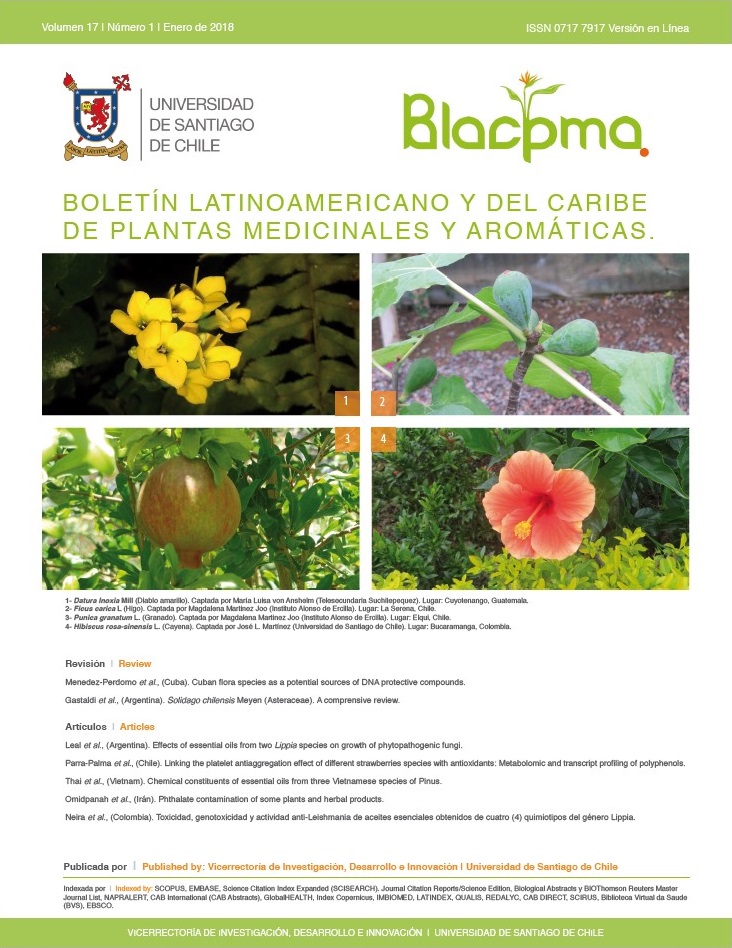Phthalate contamination of some plants and herbal products
Keywords:
Aromatic water, BHT, DBP, DEHP, Diazinone, Diisobutyl phthalateAbstract
Phthalate derivatives cause a number of risks to human health and the environment. Essential oil and volatile fractions of some vegetables and herbal products were extracted by hydrodistillation and percolation methods to analyze using gas chromatography and mass spectrometry (GC-MS) for evaluation of phthalate contaminations. The results revealed that four vegetables and all aromatic waters were contaminated by phthalate derivatives including di-n-butyl phthalate (DBP), diisobutyl phthalate and di-(2-ethylhexyl) phthalate (DEHP) (0.1-7.95%). Butylated hydroxytoluene (BHT), a widely used synthetic antioxidant, was also found in the most of the aromatic waters in the range of 3.15-61.3%. In addition, three vegetable samples contained diazinon (0.36-4.61%), an organophosphorus insecticide. Plants and herbal preparations may be contaminated by the absorption of phthalates from contaminated water or soil or by the migration of phthalates from inexpensive recycled plastic. Regarding the widespread use and associated health risks of phthalates, effective quality and safety regulations for herbal products should be implemented with respect to their phthalate content.
Downloads
Downloads
Published
How to Cite
Issue
Section
License

This work is licensed under a Creative Commons Attribution-NonCommercial-NoDerivatives 4.0 International License.

